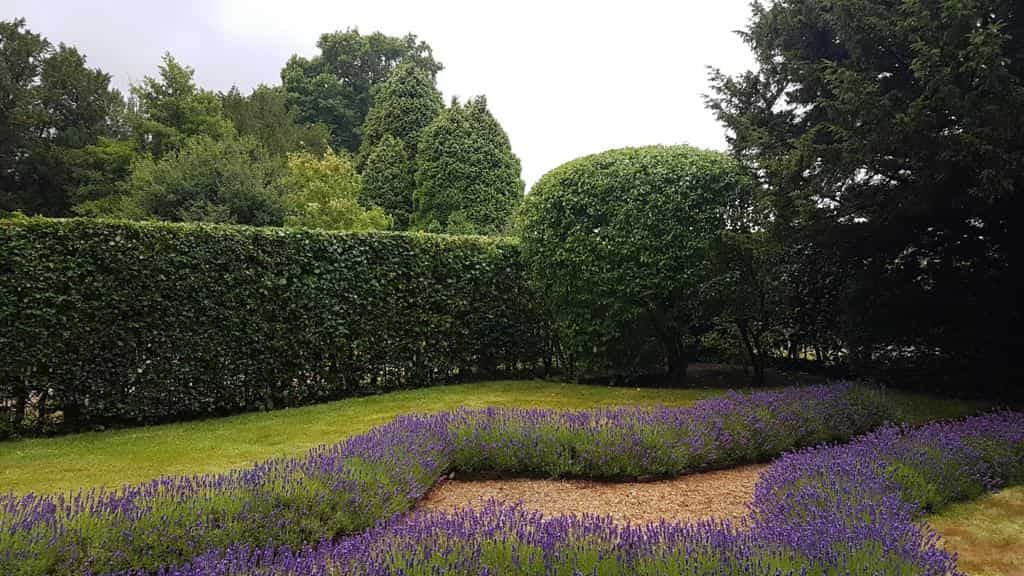Tree pruning is an essential part of tree care, but improper trimming can lead to irreversible damage, disease, or even tree death. Whether you are maintaining trees for aesthetics, health, or safety, following the correct pruning techniques is vital.
At NS Tree Surgery Dorking, we specialise in professional tree care across Dorking, Surrey. This guide outlines the golden rules of pruning to help you maintain healthy, strong trees without causing harm.
Why Proper Tree Pruning Matters
Pruning is more than just cutting away unwanted branches. When done correctly, it:
- Encourages healthy growth by removing dead or diseased wood.
- Reduces the risk of falling branches, enhancing safety.
- Improves air circulation and sunlight penetration.
- Enhances the tree’s natural shape and appearance.
However, poor pruning techniques can lead to stress, structural weakness, and decay.
The Golden Rules of Tree Pruning
1. Prune at the Right Time
Timing plays a crucial role in tree health. The best time to prune depends on the species and the purpose of the pruning:
- Winter pruning (dormant season) encourages vigorous growth in spring.
- Spring and summer pruning controls growth and enhances tree shape.
- Avoid pruning in autumn as trees are more susceptible to fungi and disease during this time.
2. Use the Right Tools and Techniques
Using sharp, clean tools prevents unnecessary damage and promotes clean healing. Essential pruning tools include:
- Hand pruners for small branches.
- Loppers for thicker branches up to 5cm in diameter.
- Pruning saws for larger branches.
- Pole pruners for high branches without needing a ladder.
Ensure all tools are sterilised to prevent the spread of disease between cuts.
3. Make Clean, Precise Cuts
Incorrect cuts can lead to infections and weak regrowth. Follow these best practices:
- Cut just outside the branch collar (the swollen area where the branch meets the trunk) to encourage quick healing.
- Avoid leaving long stubs, which can rot and invite disease.
- Never remove more than 25% of the tree’s canopy in a single season. Over-pruning can weaken the tree and stunt growth.
4. Identify Which Branches to Remove
Not all branches should be pruned. Focus on:
- Dead, diseased, or broken branches to improve overall tree health.
- Crossing or rubbing branches to prevent structural damage.
- Low-hanging branches obstructing paths or structures.
- Overcrowded branches to improve airflow and reduce weight.
Preserving the tree’s natural structure is key to long-term stability and growth.
5. Avoid Tree Topping
Tree topping, which involves cutting the upper portion of a tree to reduce height, is one of the worst pruning mistakes. It weakens the tree, encourages unstable regrowth, and makes it more susceptible to disease and pests. Instead, opt for careful crown reduction by selectively shortening branches to maintain a natural shape.
The Importance of Professional Tree Care
While minor pruning can be done by homeowners, larger or more complex tree work should always be handled by professionals. At NS Tree Surgery Dorking, we:
- Assess tree health before pruning.
- Use industry-approved techniques to ensure safe and effective trimming.
- Provide expert guidance on long-term tree care and maintenance.
Conclusion
Pruning a tree correctly is essential for maintaining its health, safety, and appearance. By following these golden rules—pruning at the right time, using the correct tools, making clean cuts, and avoiding over-pruning—you can ensure your trees thrive for years to come.
For expert tree care services in Dorking, Surrey, contact NS Tree Surgery Dorking. Our professional team is ready to help you maintain beautiful, healthy trees with precision and care.
Call us on: 01306 776 298
Click here to find out more about NS Tree Surgery Dorking
Click here to complete our contact form and see how we can help with your tree needs.

